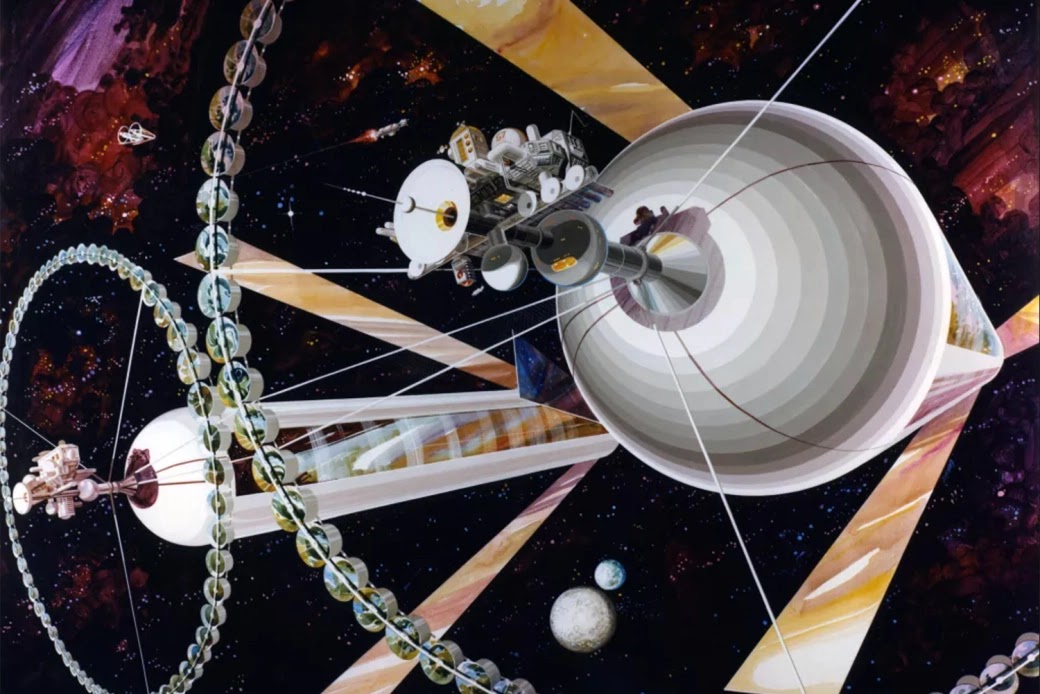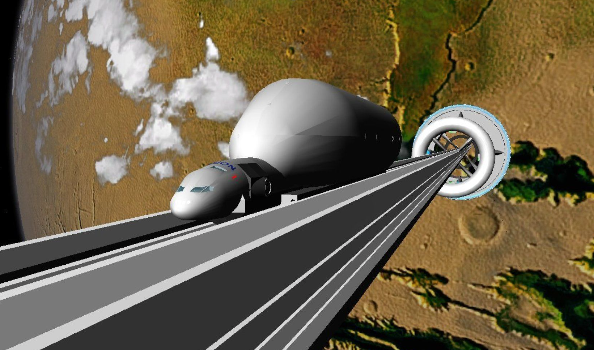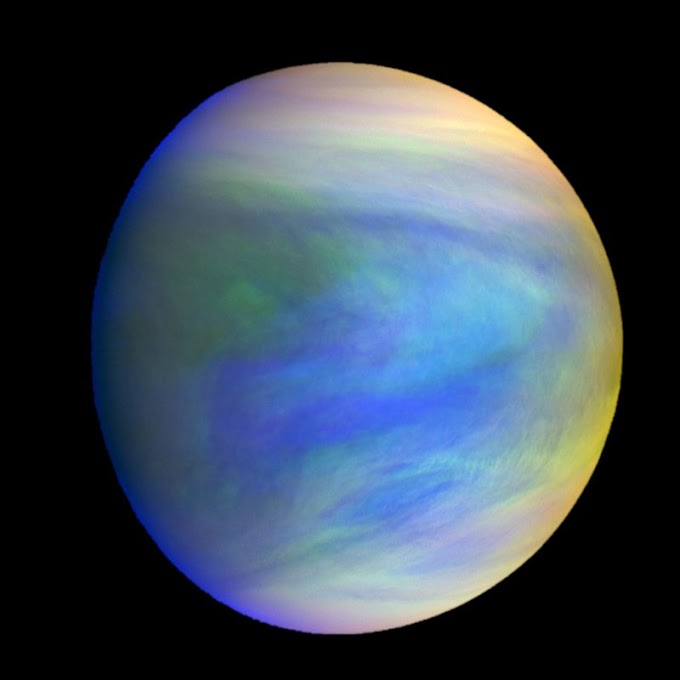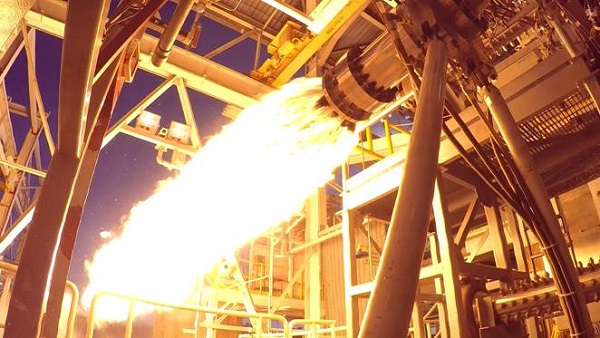 |
| Artist's impression of an interstellar colony. (Credit: The Sun) |
The main belt asteroids can possibly be inhabited by 2026. Humans could live in this 'rocky' region between the red planet, Mars and the gas giant, Jupiter, in gigantic orbs!
Dr. Pekka Janhunen, an astrophysicist at the Finnish Meteorological Institute in Helsinki, put forward his idea of an unusual megacity between Mars and Jupiter. He took the model of Ceres, the largest known asteroid; also a dwarf planet, to depict how an interstellar colony might look like.
 |
| Ceres. (Credit: Space.com) |
FYI, Ceres is 520 million kilometers from Earth. Pretty distant.
In the words of Dr. Janhunen, "The motivation is to have a settlement with artificial gravity that allows growth beyond Earth’s living area." The disc-shaped colony that he has thought of, will be comprised of thousands of cylindrical structures, each with the capacity of sustaining 50,000 people, all of which will be connected using strong magnets.
But, won't we float? The megastructure with it's cylindrical components will slowly rotate thereby creating artificial gravity. For reference, the Starship Avalon from the sci-fi movie Passengers or the Cooper Station from Interstellar.
"Lifting the materials from Ceres is energetically cheap compared to processing them into habitats, if a space elevator is used because Ceres has low gravity and rotates relatively fast, the space elevator is feasible", Dr. Janhunen wrote.
 |
| Artist's impression of a space elevator |
Ceres has got an advantage over Mars, Ceres' atmosphere is Nitrogen-rich whereas that of Mars is carbon-dioxide rich, as a matter of fact, Ceres dwellers can easily create Earth-like surroundings as compared to the humans settling on the harsh environment of Mars.
But Ceres is prone to space radiation and collisions of all sorts, this issue can be settled by installing giant cylindrical mirrors those would protect the inhabitants from the space hazards, Dr. Janhunen said.
The low gravity on Moon and Mars can lead to several bone-related disorders especially in children whose muscles need gravity assist for proper growth, writes Dr. Janhunen, moreover the surface areas are relatively less on Moon and Mars, as compared to that of Earth, which in turn will affect the financial economy. Hence, Ceres is the destination.
The proposed Ceres mega-satellite:
(Credit: Dr. Pekka Janhunen)
 |
A number of spinning habitats are attached to both sides of the disk, denoted by dots. To gather sunlight, two 45° inclined mirrors are added. The mega-satellite is in microgravity so the mirrors and their support structures are lightweight. Nearly all mass is in the habitats. Thus the mass distribution can be made circularly symmetric so that the tidal torque is zero.
To keep the mass distribution symmetric, one can transfer water or other ballast fluid between tanks. Any remaining tidal torque must be treated by
active attitude control, for example by using the spinning habitats as reaction wheels. Small changes in the level of artificial gravity are not likely to
be problematic for the inhabitants. A propulsive attitude control system can exist as a backup. Read more from Dr. Janhunen's article here.
(Note: There is no intent of content infringement in this article, Dr. Pekka Janhunen reserves the right to her work.)





0 Comments